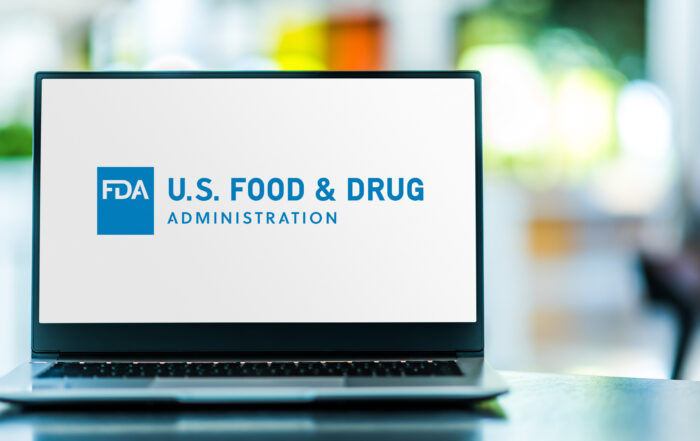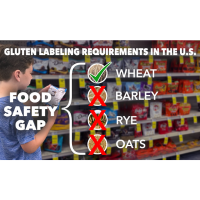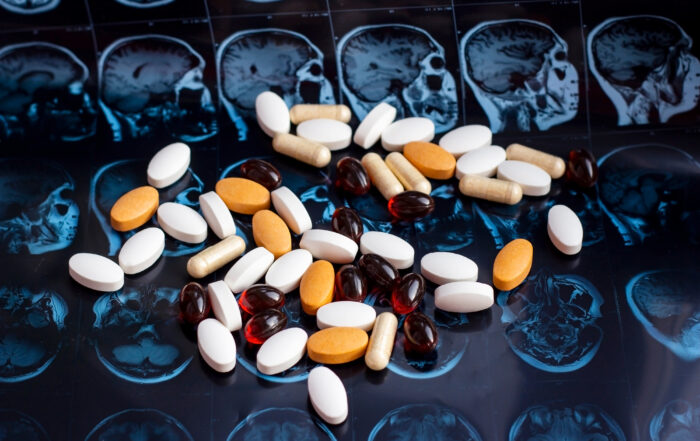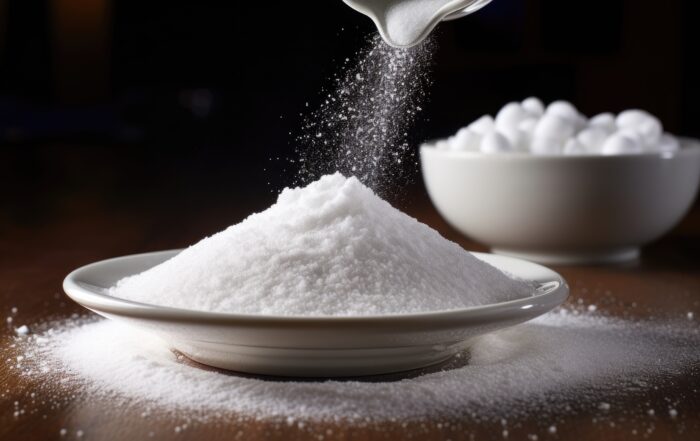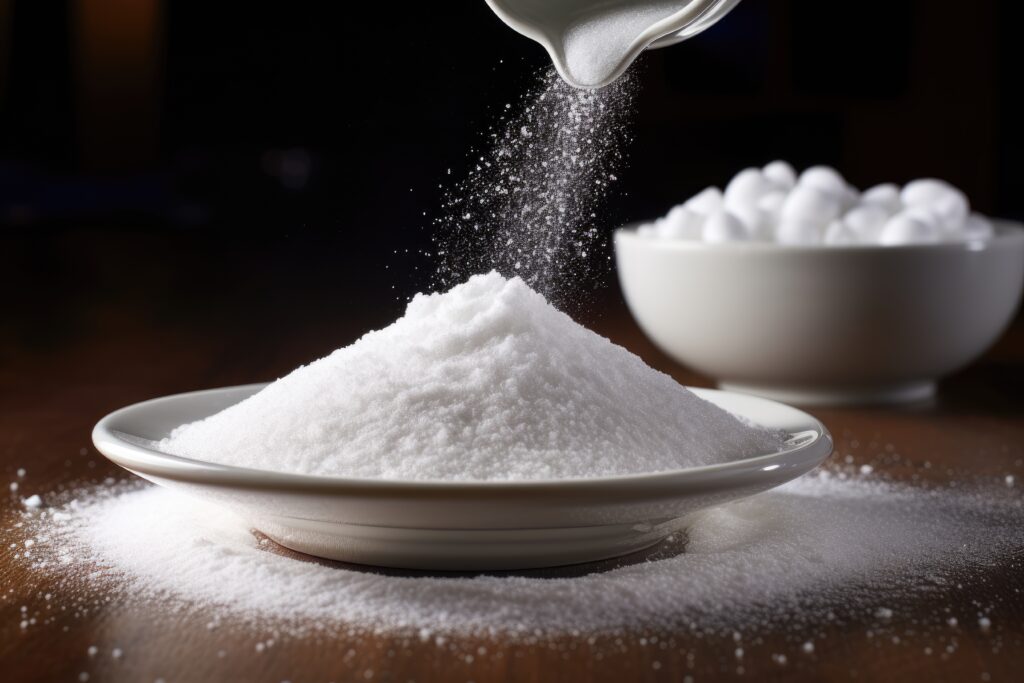
The Curious Case of Aspartame: How the Same Evidence Can Yield Seemingly Different Conclusions
By Brian Ellman, Jee-Yeon Lehmann, Jack Pfefferkorn & Christopher M. Worsham
The Aspartame Controversy
In July 2023, the World Health Organization’s (WHO’s) International Agency for Research on Cancer (IARC) classified aspartame, a popular artificial sweetener, as “possibly carcinogenic” to humans.[1] On the same day, the U.S. Food and Drug Administration (FDA) issued its own statement in response to the IARC’s statements reaffirming its prior position that aspartame is safe to consume, adding that the IARC’s designation “does not mean aspartame is actually linked to cancer.”[2] Regulators in Canada and the European Union also have evaluated the scientific evidence pertaining to aspartame and cancer and continue to consider it safe at currently permitted levels of use.
This is not the first time that regulatory bodies have disagreed with IARC rulings on classifications. For example, in 2015 the IARC classified the herbicide glyphosate as “probably carcinogenic to humans.” However, based on its own review of the scientific evidence, the U.S. Environmental Protection Agency (EPA) continued to maintain that “there are no risks of concern to human health when glyphosate is used in accordance with its current label.”[3]
Despite EPA’s findings, over 100,000 lawsuits have been filed over glyphosate use, and manufacturers have developed new product formulations as a result. Although the implications of IARC’s classification of aspartame are unclear at this time, its statements and classifications are often referenced in the context of litigation and have the potential to increase scrutiny from the plaintiffs bar.
If such litigation is brought, triers of fact will need to understand how two prominent health organizations arrived at such seemingly conflicting conclusions about the artificial sweetener’s risks and the implications for drawing conclusions regarding causality.
In this article, we examine how distinct mandates for the IARC and FDA shaped the different ways that the two bodies conveyed information about the safety of aspartame to the public, despite their agreement on the substantial limitations of the observational studies both organizations used to assess the potential link between aspartame and cancer.
What Is Aspartame?
For several decades, aspartame has been used as a sweetener in a host of common food and beverage products, including diet drinks, chewing gum, gelatin, ice cream, yogurt, cereal, toothpaste, cough drops, and chewable vitamins. In the United States, aspartame has been approved for use as a tabletop sweetener and as an ingredient in certain foods since 1974 and as a general-purpose sweetener since 1996.
Individuals choose to use sugar substitutes, such as aspartame, for a variety of reasons, including to limit sugar consumption, manage blood sugar levels, or cut calories. Aspartame is about 200 times sweeter than sugar, producing the same sweetness at a fraction of the caloric cost.
The Who’s WHO of the Aspartame Debate: Understanding the Different Mandates of the IARC and FDA
The IARC is a WHO research organization charged with evaluating evidence on cancer hazards but not with issuing health guidance. The IARC undertakes “hazard identification,” identifying an agent’s potential to cause harm. Based on the strength of an agent’s association with cancer, the IARC classifies substances into four groups: Group 1, Group 2A, Group 2B, and the “not classifiable” Group 3.
Group 1, the classification denoting the highest risk, includes substances the organization deems definitively “carcinogenic to humans,” such as tobacco, alcoholic beverages, and ionizing radiation. Group 2A includes substances that are deemed “probably carcinogenic.”
The IARC classified aspartame one of the “possibly carcinogenic” agents in Group 2B—alongside engine exhaust, certain pickled vegetables, aloe vera, and over 300 other chemicals, viruses, and occupational exposures—based on “limited evidence” of carcinogenicity (specifically for certain liver cancers).
Without a regulatory function, the IARC classifies substances in terms of cancer risk on the strength of the scientific evidence linking a substance to cancer rather than on the cancer risk at a given exposure level. Consequently, there may be considerable variation in cancer risk even among agents in the same IARC group.
FDA, on the other hand, regulates food safety, interpreting scientific evidence and synthesizing it into practical guidelines that include defined exposure levels. Since 1974, FDA has regulated aspartame as a food additive, and it regularly reassesses the science around chemical sweeteners. In fact, FDA notes that aspartame is one of the “most studied food additives in the human food supply.”
After reviewing the available scientific evidence as part of its approval process, FDA established an acceptable daily intake (ADI) level for aspartame of 50 mg/kg body weight, far more than what an average consumer might ingest in a day. An adult weighing 132 pounds, for instance, would need to consume 75 packets of aspartame sweetener to exceed the acceptable daily intake.
Weighing the Evidence
Both the IARC and FDA were careful to qualify their conclusions by acknowledging limitations in the evidence that was available, which may have significant implications for the assessment of causality and liability in the litigation context.
The IARC found only three observational studies that allowed an assessment of an association between aspartame and liver cancer. The studies showed a positive association between the consumption of artificially sweetened beverages and liver cancer, either overall or in certain subgroups of consumers. The IARC also considered “‘limited’ evidence for cancer in experimental animals and ‘limited’ mechanistic evidence.”[4]
The IARC then qualified its “possibly carcinogenic” designation for aspartame with an acknowledgement that “chance, bias, or confounding” might explain the positive findings on which its conclusions relied. Indeed, observational studies may be prone to bias and yield spurious results if the data and/or methodologies used in the analysis are deficient. For example, if an analysis does not properly control for differences between groups of patients in the study or other factors that can bias or confound the measured relationship between an exposure and an outcome of interest, observed differences in the outcome between comparison groups will not reflect an accurately measured causal relationship, if any, between exposure and that outcome.
FDA was more direct than the IARC in its evaluation of the quality of the evidence around aspartame, citing “significant shortcomings” in the observational studies that linked aspartame to cancer. One critical methodological shortfall in these studies was the use of the consumption of artificially sweetened beverages as a proxy for aspartame exposure. For instance, the population most inclined to consume artificially sweetened beverages might have systematically differing exposures to other food products in their diet, differing medical comorbidities, or other differing risk factors that can contribute to a risk of hepatic cancer. In this case, factors other than aspartame consumption may explain the associations measured in the studies, potentially confounding or biasing their results.
A third entity, the Joint FAO/WHO Expert Committee on Food Additives (JEFCA), is responsible for conducting risk assessments on behalf of the WHO and offering recommendations on acceptable intake. In its independent but complementary review of aspartame alongside the IARC’s review, the JEFCA expressed serious reservations about how these studies estimated exposure to aspartame. As noted by the JEFCA, these limitations left room for reverse causation, confounding by socioeconomic or lifestyle factors, and consumption of other dietary components as explanations for the observed relationship between aspartame exposure and certain cancers.[5] Ultimately, the JEFCA deemed the available evidence “not convincing” and reaffirmed its established acceptable daily intake for aspartame.
Consider the Source
In classifying aspartame as a “possible” carcinogen, the IARC does not claim that exposure to aspartame at established ADI levels causes, or even is likely to cause, cancer. In fact, Dr. Francesco Branca, the organization’s director of the Department of Nutrition and Food Safety, stated that “safety is not a major concern at the doses which are commonly used.”[6]
Instead, the apparent differences between the conclusions of the IARC, on the one hand, and FDA and other regulatory and non-regulatory bodies on the other hand, reflect the differences in their organizational goals. The IARC is an organization focused on coordinating and conducting research on established and potential causes of cancer. It does not regulate products, assess their risk-benefit profiles, or provide guidance on the risks of levels or types of exposure to certain products.
In fact, the IARC acknowledges that it classified aspartame as “possibly” carcinogenic based on limited evidence, noting significant limitations in the currently available evidence and the need for “more and better studies.” Ultimately, the IARC did not determine that aspartame causes cancer, only that there is limited evidence that it might at some undefined level of exposure.
However, removing or limiting the use of a product with potential health benefits requires broader public health considerations. Aspartame is clearly valued by many consumers, and health professionals recognize that substituting aspartame for sugar in certain individuals’ diets may provide health benefits. Medical practitioners and regulatory bodies such as FDA balance the weight of evidence on the risk-benefit profile of a product, which demands a more comprehensive assessment of both the known and potential risks and benefits of a product such as aspartame in the context of the intended and/or approved use of the product.
Given the current state of scientific evidence and its insufficiency to establish a causal relationship between aspartame and cancer at any level of exposure, let alone at typical levels of human consumption, FDA and other regulators have maintained that aspartame is safe under the currently approved conditions of use.
Conclusion
Although statements from the IARC and FDA on the safety of aspartame appear to be contradictory, a closer examination of the two organizations’ mandates and considerations provide clarity about their messaging and guidance. Both organizations recognize the limitations of the currently available evidence on the link between aspartame and cancer, and both acknowledge that the available observational studies cannot establish or quantify a causal relationship between aspartame exposure and cancer.
Conclusions regarding the causal effect of exposure to a product on a health outcome require high-quality data, study designs, and estimation strategies. The case of aspartame highlights the need for practitioners, consumers, and researchers to carefully evaluate the strength of the scientific evidence underlying any statements of association between exposure to a product and health outcomes.
[1] World Health Organization. Aspartame hazard and risk assessment results released. Published July 14, 2023. https://www.who.int/news/item/14-07-2023-aspartame-hazard-and-risk-assessment-results-released.
[2] U.S. Food & Drug Administration. Aspartame and Other Sweeteners in Food. Published July 14, 2023. https://www.fda.gov/food/food-additives-petitions/aspartame-and-other-sweeteners-food.
[3] U.S. Environmental Protection Agency, Glyphosate. Published January 19, 2021. https://19january2021snapshot.epa.gov/ingredients-used-pesticide-products/glyphosate_.html#:~:text=EPA%20scientists%20performed%20an%20independent,risks%20to%20children%20or%20adults.
[4] IARC Monographs Working Group Members. Carcinogenicity of aspartame, methyleugenol, and isoeugenol. The Lancet. Published online July 13, 2023. https://www.thelancet.com/action/showPdf?pii=S1470-2045%2823%2900341-8.
[5] Summary of Findings of the Evaluation of Aspartame at the International Agency for Research on Cancer (IARC) Monographs Programme’s 134th Meeting, 6–13 June 2023 and the JOINT FAO/WHO EXPERT COMMITTEE on FOOD ADDITIVES (JECFA) 96th Meeting, 27 June–6 July 2023. World Health Organization; 2023.
[6] World Health Organization. Aspartame hazard and risk assessment results released. Published July 14, 2023. https://www.who.int/news/item/14-07-2023-aspartame-hazard-and-risk-assessment-results-released (emphasis added).
Update Magazine
Spring 2024

 BRIAN ELLMAN is a Principal at Analysis Group, Inc. Mr. Ellman specializes in the application of microeconomics, statistics, and financial analysis to complex commercial litigation matters and government investigations.
BRIAN ELLMAN is a Principal at Analysis Group, Inc. Mr. Ellman specializes in the application of microeconomics, statistics, and financial analysis to complex commercial litigation matters and government investigations. JEE-YEON LEHMANN is Managing Principal at Analysis Group, Inc. Dr. Lehmann specializes in applying microeconomics, econometrics, and statistical methods to complex litigation and government investigations in the areas of antitrust and competition, health care, labor and employment, and commercial damages.
JEE-YEON LEHMANN is Managing Principal at Analysis Group, Inc. Dr. Lehmann specializes in applying microeconomics, econometrics, and statistical methods to complex litigation and government investigations in the areas of antitrust and competition, health care, labor and employment, and commercial damages. JACK PFEFFERKORN is an Analyst in the Boston office of Analysis Group, Inc.
JACK PFEFFERKORN is an Analyst in the Boston office of Analysis Group, Inc.